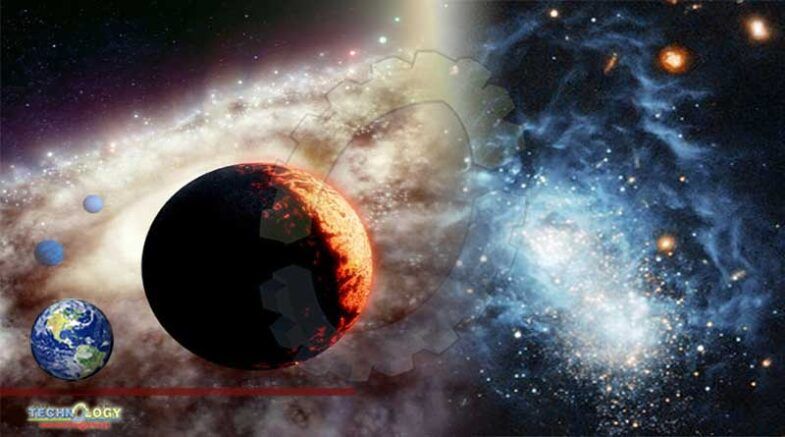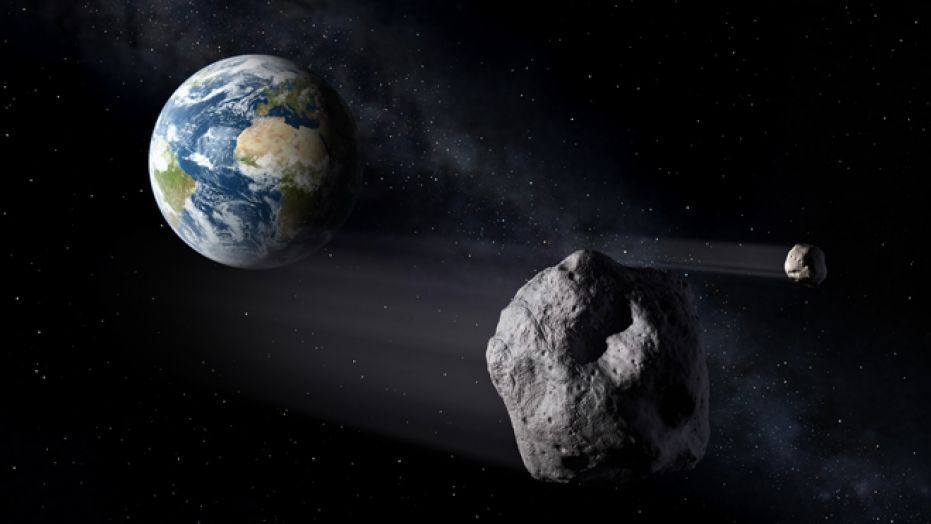Ancient ‘Super-Earth’ Offers Clue That Life in Our Galaxy Could be Older Than We Thought
Article by Morgan McFall-Johnsen January 13, 2021 (businessinsider.com)
• On January 11th, astronomers at the University of Hawaii informed fellow scientist at a meeting of the American Astronomical Society that they have found a ‘rocky’ planet 280 light-years away, orbiting a star located within the Milky Way galaxy’s ‘thick disk’ that holds most of the Milky Way’s material. Stars in this thick disk region are about 10 billion years old, and researchers think that this planet is just as ancient.
• The planet, called TOI-561 b, is a “super-Earth” – about 50% larger than Earth and three times its mass. But it orbits so close to its star that has a surface temperature over 3,000 degrees Fahrenheit. This would turn the top layer of rock into molten magma, drastically reducing the chance that it could host life forms.
• “TOI-561 b is the first planet with a confirmed rocky composition around such an old star, demonstrating that rocky planets have been forming for most of the history of the universe,” said Lauren Weiss, lead researcher in the discovery.
• While this super-Earth is far older than expected for a rocky planet, its existence suggests that other stars could have ancient Earth-like worlds with temperatures more suitable for life. Having existed for twice as long as Earth, such planets would have had plenty of time to support complex life and even intelligent civilizations.
• The finding was published in The Astronomical Journal.
 A rocky, molten planet orbiting one of the galaxy’s oldest stars could be scientists’ best evidence yet that alien life may have
A rocky, molten planet orbiting one of the galaxy’s oldest stars could be scientists’ best evidence yet that alien life may have

arisen in the distant past.
The planet, called TOI-561 b, is a “super-Earth” 280 light-years away. It’s about 50% larger than our planet and three times its mass, but it’s unlikely to host life. It orbits so close to its star that the researchers who discovered it calculated that its surface temperature is more than 3,000 degrees Fahrenheit, turning the top layer of rock into molten magma.
But this super-Earth is far older than scientists previously expected for rocky planets, suggesting that other stars could have ancient Earth-like worlds with temperatures more suitable for life. Such planets may have existed for twice as long as Earth, giving them plenty of time to support complex life and even intelligent civilizations.
The star that TOI-561 b orbits lies in the galaxy’s “thick disk,” the outer region above and below the flat plane that holds most of the Milky Way’s material. Stars in the thick disk are about 10 billion years old, and researchers think that this planet is just as ancient.
FAIR USE NOTICE: This page contains copyrighted material the use of which has not been specifically authorized by the copyright owner. ExoNews.org distributes this material for the purpose of news reporting, educational research, comment and criticism, constituting Fair Use under 17 U.S.C § 107. Please contact the Editor at ExoNews with any copyright issue.





